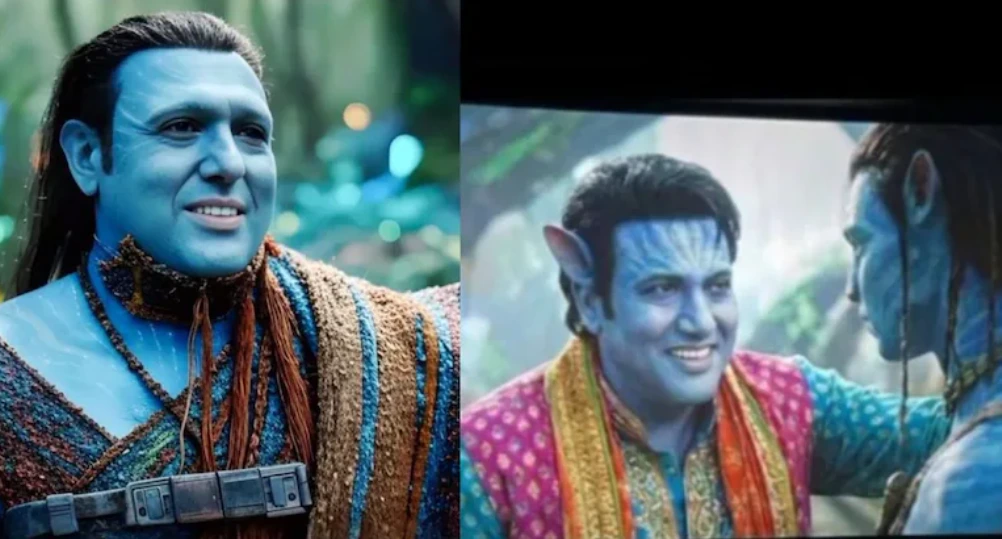Entertainment
Indian composer Ricky Kej scores 3rd Grammy
Bengaluru-based Indian musician Ricky Kej won his third Grammy Award on Monday for his album Divine Tides in the Best Immersive Audio Album category.

Entertainment
Dhurandhar box office collection crosses Rs 1,000 crore worldwide in 21 days
Dhurandhar has crossed Rs 1,000 crore worldwide within 21 days, becoming the highest-grossing Indian film of 2025 so far.
Entertainment
Govinda’s Avatar: Fire and Ash cameo clips go viral, truth behind the AI-generated videos
AI-generated videos claiming Govinda’s cameo in Avatar: Fire and Ash have gone viral, but the actor does not appear in the film.
Entertainment
The Odyssey trailer: Christopher Nolan unveils first look of epic journey led by Matt Damon
Christopher Nolan has released the first trailer of The Odyssey, offering a glimpse into Matt Damon’s epic journey home after the Trojan War.
-

 India News24 hours ago
India News24 hours agoBangladeshi singer James’ concert cancelled after mob attack in Faridpur
-

 India News21 hours ago
India News21 hours agoBJP and Shiv Sena reach broad seat-sharing deal ahead of BMC elections
-

 India News24 hours ago
India News24 hours agoOp Aaghat 3.0: Delhi police arrest over 280 accused ahead of New Year celebrations
-

 India News24 hours ago
India News24 hours agoOver 2,000 Maoists surrender under Chhattisgarh rehabilitation policy, says CM Vishnu Deo Sai





